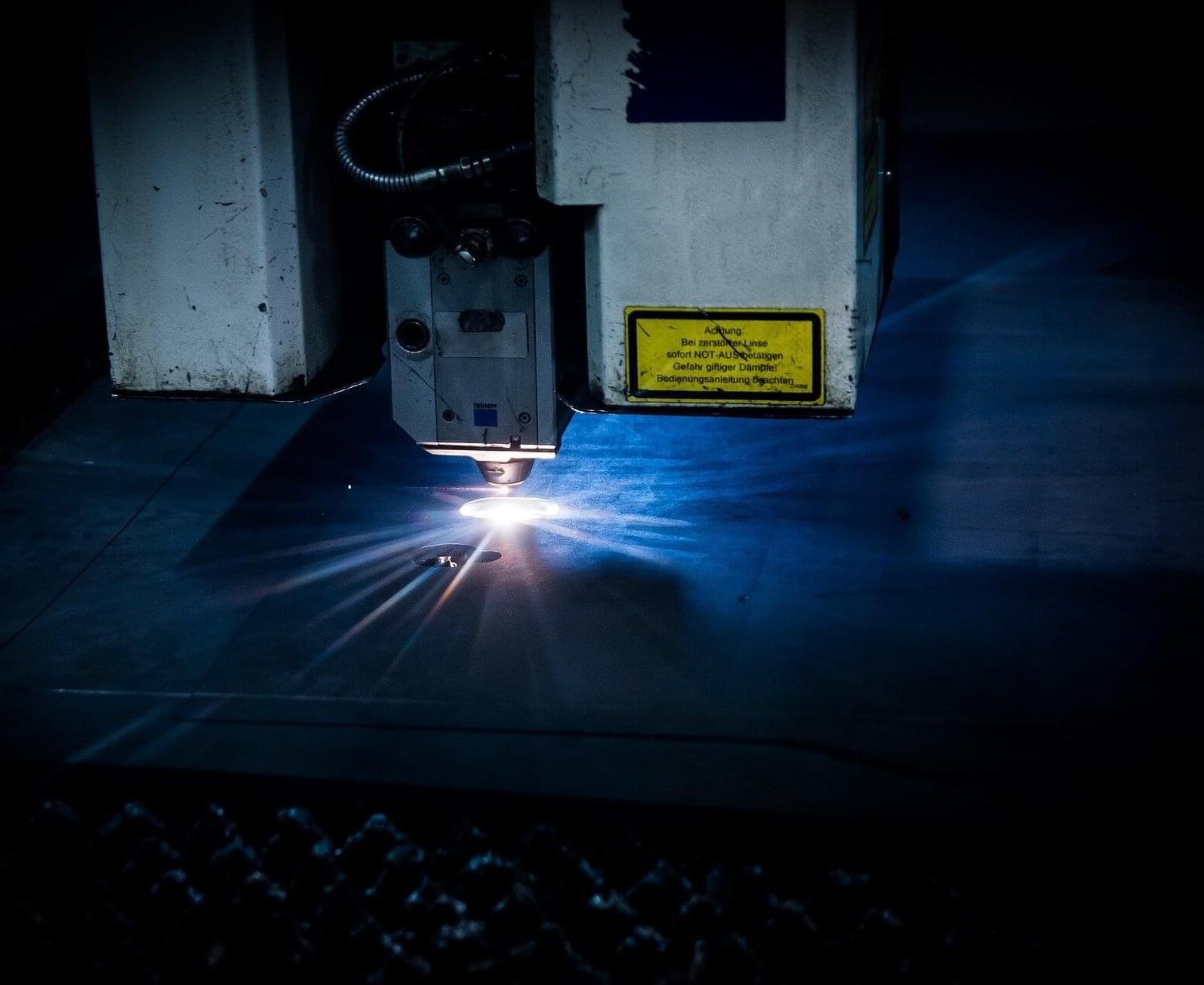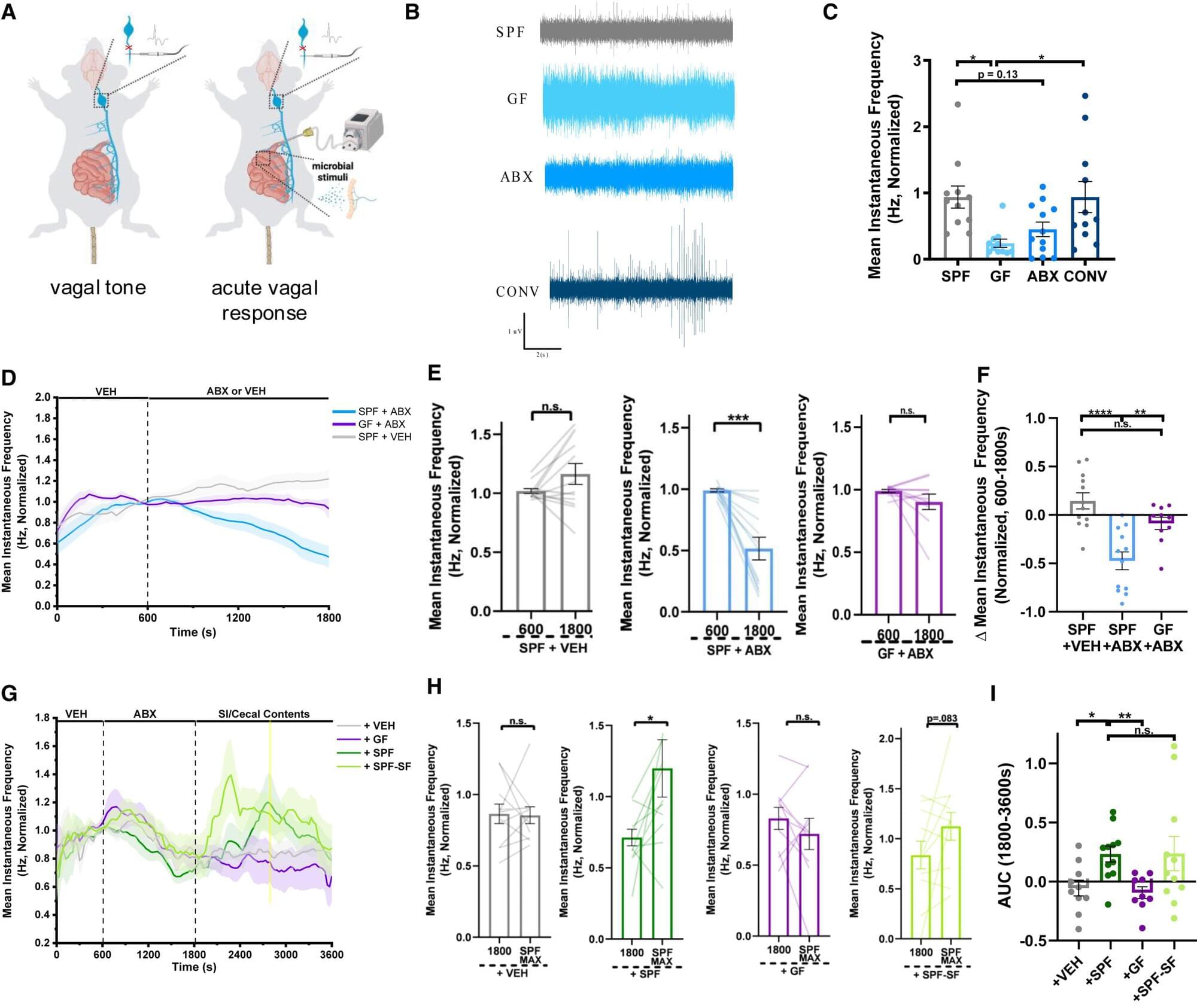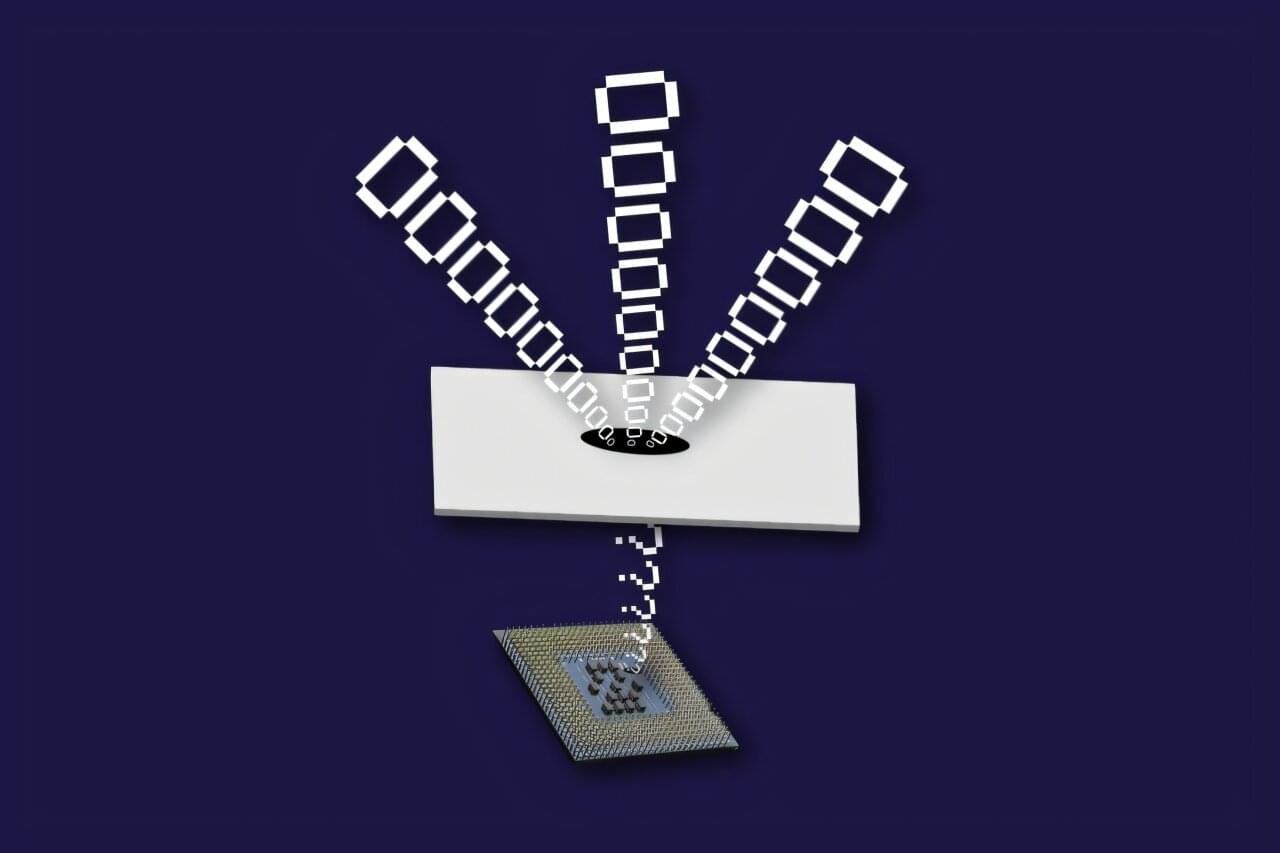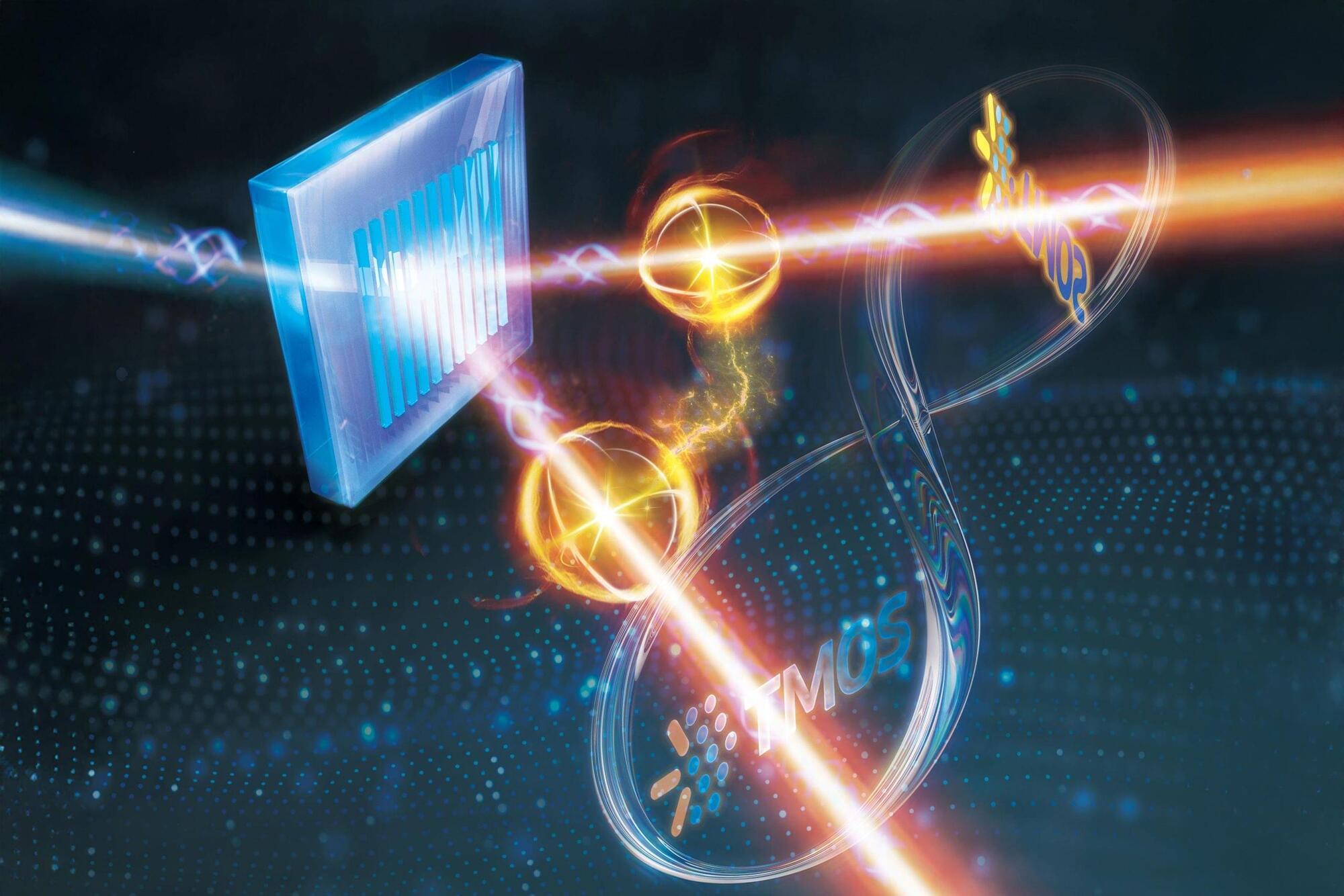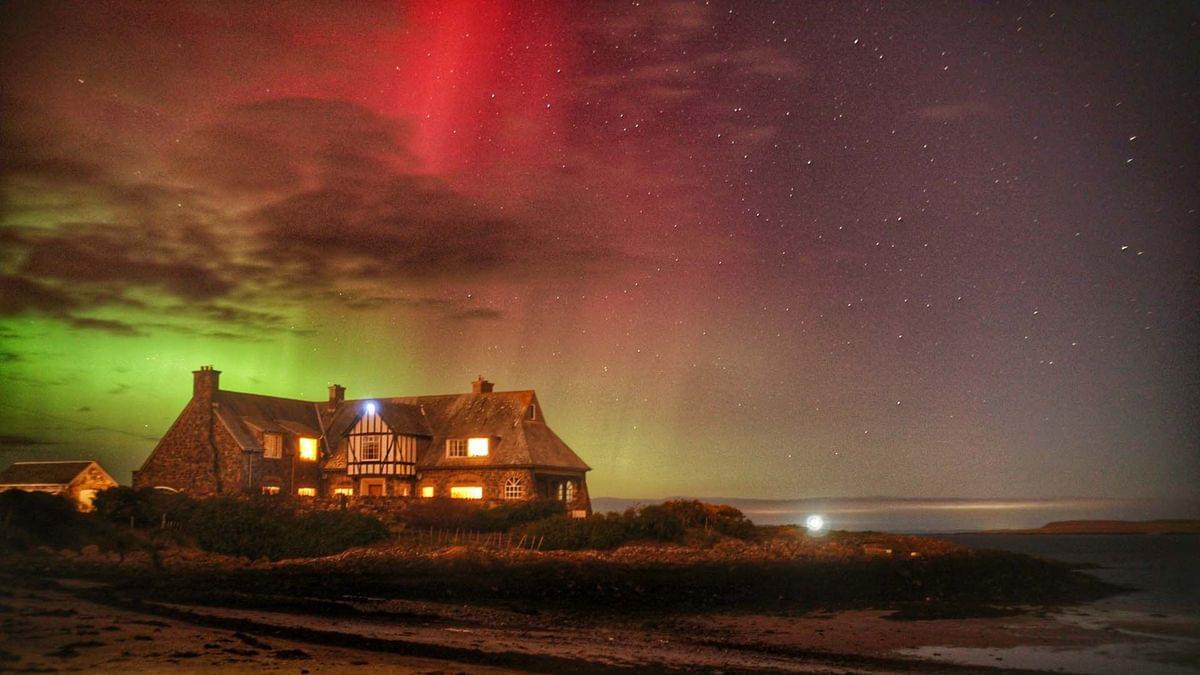The commonplace phenomenon of liquid drops falling from a surface is—perhaps surprisingly—not yet fully understood by scientists. Understanding the complex interactions between the forces involved here would be helpful in industry, where structured packings in cooling towers must be designed to encourage droplet formation in fluid flow but coatings mixed to maintain a pristine, smooth surface.
Furthermore, the design of meshes used to harvest clean water from fog or dew, where this is limited, relies on an understanding of how the water condenses on the fibers and drops into collection tanks.
Atefeh Pour Karimi, a Ph.D. student at the Institute of Heat and Mass Transfer, Aachen University, Germany, and her supervisors and collaborators have analyzed the dynamics of this type of flow in detail and published their findings in The European Physical Journal Special Topics.

